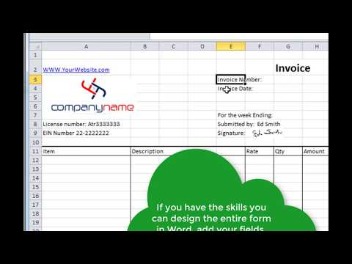Content

Accounting Cost Behavior behavior analysis can easily provide production managers with the information to decide whether to continue producing a product or to slow or stop production of a product. Activity levels can be expressed in terms of sales , miles driven , or room occupancy . Even if the company didn’t produce any tiles that month, the company still would have to pay $10,000 to rent the machine. Cost behavior indicates how a cost will change when an activity changes.
Besides cost behavior in general, managers should be aware of the effect of costs on profits. Cost-volume-profit analysis is the study of the effects of changes in costs and volume on a company’s profits.
Cost Behavior Analysis and Cost Estimating Bibliography
A line is drawn through the points and an https://intuit-payroll.org/ made for total fixed costs at the point where the line intersects the vertical axis at zero units of activity. Fixed costs are those that stay the same in total regardless of the number of units produced or sold. Although total fixed costs are the same, fixed costs per unit changes as fewer or more units are produced. Straight‐line depreciation is an example of a fixed cost. For example, let’s say Bikes Unlimited picks up a large contract with a customer that requires producing an additional 30,000 units per month.
Bragar Eagel & Squire, P.C. Is Investigating Credit Acceptance … – InvestorsObserver
Bragar Eagel & Squire, P.C. Is Investigating Credit Acceptance ….
Posted: Sat, 25 Feb 2023 02:00:00 GMT [source]
Assuming the activity is the number of bikes produced and sold, examples of fixed costs include salaried personnel, building rent, and insurance. We have established that fixed costs do not change in total as the level of activity changes, but what about fixed costs on aper-unitbasis? Let’s examine Tony’s screen-printing company to illustrate how costs can remain fixed in total but change on a per-unit basis. The key point is to note that both fixed and variable costs maintain their characteristics over some particular range of activity.
Types of Cost by Behavior
Each method has its advantages and disadvantages, and the choice of a method will depend on the situation at hand. Experienced employees may be able to effectively estimate fixed and variable costs by using the account analysis approach. If a quick estimate is needed, the high-low method may be appropriate. The scattergraph method helps with identifying any unusual data points, which can be thrown out when estimating costs. Finally, regression analysis can be run using computer software such as Excel and generally provides for more accurate cost estimates.
- If unit sales increase beyond 4,000 units, management will hire additional salespeople and the total monthly base salary will increase beyond $10,000.
- Note that the Ocean Breeze mixed cost graph starts at an initial $2,000 for the fixed component and then increases by $5 for each night their rooms are occupied.
- Estimate total production costs assuming 5,000 helmets will be produced and sold.
- The activity base is the item or event that causes the incurrence of a variable cost.
- Where C is the total cost of production, FC is the total fixed cost, V is the variable cost, and x is the number of units involved.
A good understanding of cost behavior is important for managers for several reasons. First, managers can conduct evaluations, estimate the project’s value, and determine if the project or business is worth working on or letting go of. Fixed costs are incurred even if the company provides no goods or services. Using the same example above, let’s assume Company ABC has a fixed monthly cost of $10,000 on account of the machines it uses to make tiles. Therefore, the number of goods or services a firm produces does not impact the fixed expenditures. Managers must understand cost dynamics when creating annual budgets.
